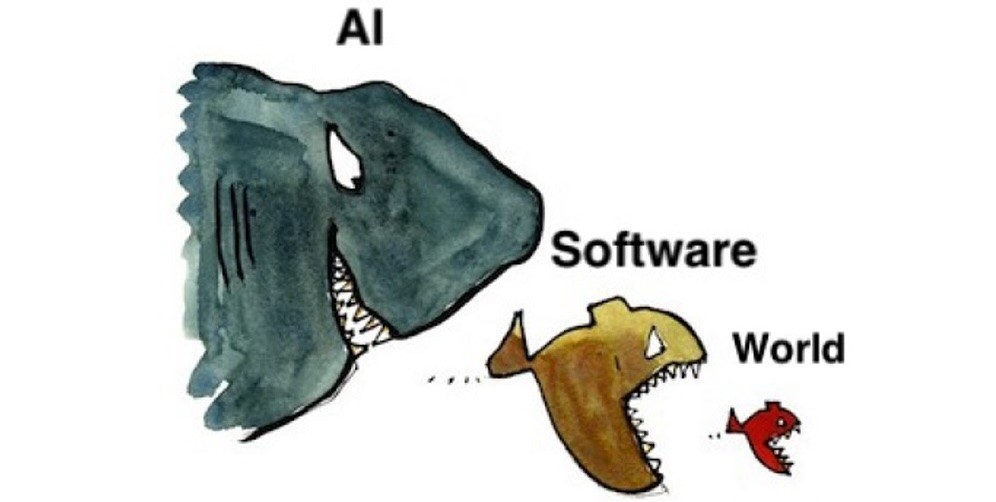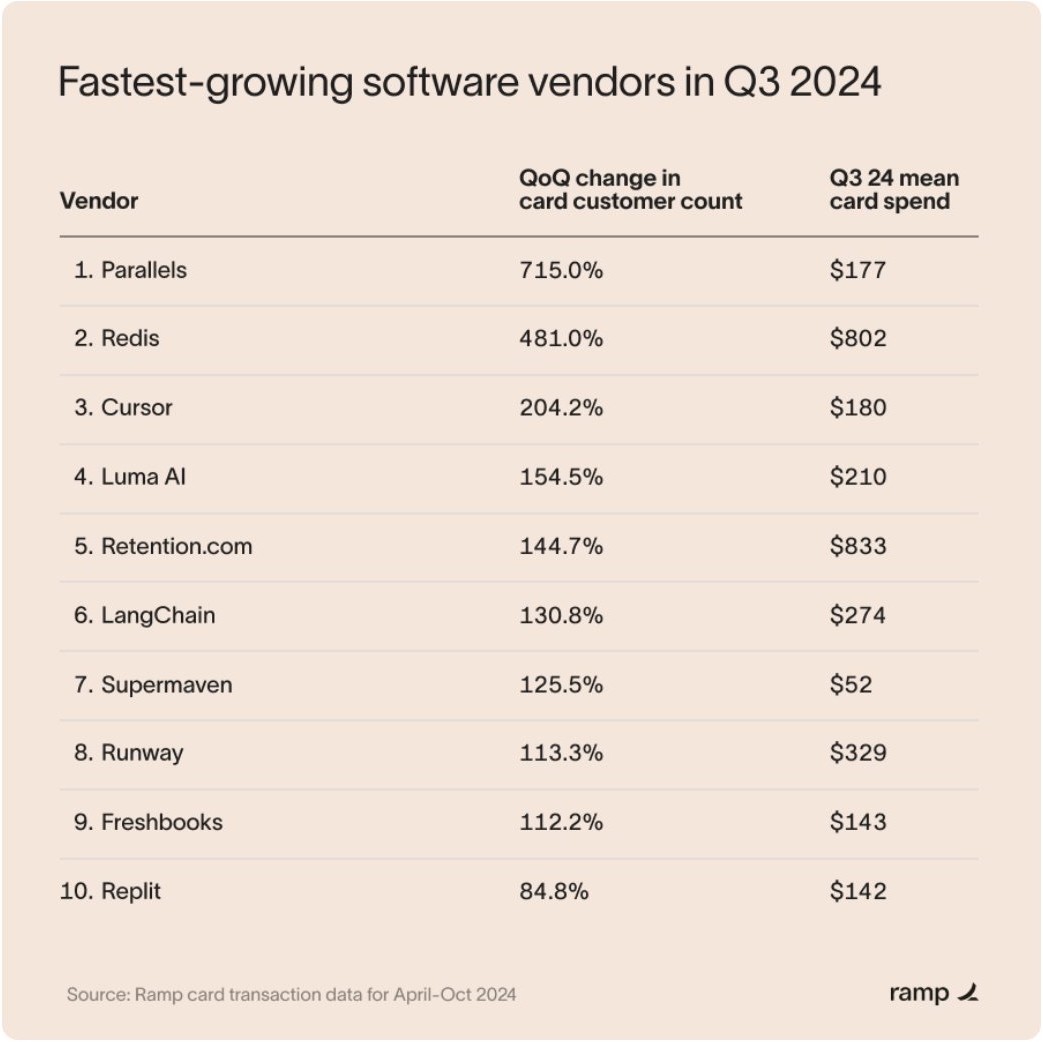
Sequoia, the renowned venture capital firm backing companies like Apple, Google, and Airbnb, quietly published a report earlier this month titled, “Generative AI’s Act o1.” Much of the report focused on why OpenAI’s new AI model, “o1,” represents a fundamentally transformative approach to scaling large language models (LLMs). But what I found most interesting was the latter half of the report, which explored the growth opportunities available to companies focused on the application layer. In this piece, I will build the argument that new opportunities also await service layer companies in the AI era.

What exactly is a service layer company in the context of AI? Simply put, these are organizations that sit between raw AI capabilities and end users, transforming complex AI interactions into measurable work output they can sell. One might also differentiate the service layer from the application layer by saying application layer companies sell the software product while service layer companies sell the output of that product.
“Two years ago, many application layer companies were derided as ‘just a wrapper on top of GPT-3.’ Today those wrappers turn out to be one of the only sound methods to build enduring value. What began as ‘wrappers’ have evolved into ‘cognitive architectures.’” (Sequoia)
While early critics dismissed these companies as mere "wrappers" around existing AI models, they've evolved into sophisticated platforms that orchestrate AI capabilities in ways that solve real business problems. Think of companies like Jasper for content creation, Harvey for legal research, or Bland for customer service - they're not just providing access to AI, they're creating entirely new ways of turning traditional services into software. Many are coining this term “service-as-a-software” – not to be confused with “software-as-a-service.”

“The cloud transition was software-as-a-service. Software companies became cloud service providers. This was a $350B opportunity. Thanks to agentic reasoning, the AI transition is service-as-a-software. Software companies turn labor into software. That means the addressable market is not the software market, but the services market measured in the trillions of dollars.” (Sequoia)
So what opportunity is left for service layer providers? The original promise of software was to make human work more efficient, automate repetitive tasks, and streamline complex processes. While this promise has largely been fulfilled in areas like data processing and workflow management, traditional software still requires humans to operate it, customize it, and maintain it. Even though Salesforce, an application layer company, makes it easy to manage complex customer journeys and navigate sales data without a deep understanding of computer programming or data science, there are still countless Salesforce-specific agencies, operating in the service layer, making millions of dollars operating, customizing, and maintaining Salesforce environments. It’s not that software didn’t have a massive impact on agencies – it did. Perhaps the outcome just looks different, or is on a different timeline than the original promise.
But if you believe in the agentic future outlined in the Sequoia report, the days of needing a service layer at all may be numbered. Many in tech are betting that rather than hiring an agency (service), you’ll use Jasper (application), and maybe you’ll also pass on your lawyer’s hourly rate this year, instead leveraging Harvey. Many companies are already seeing success shedding their customer service teams, opting instead for AI-led options. The fastest-growing software vendors last quarter were all betting on this underlying premise.

Don’t get me wrong: I believe the addressable market, not to mention the far-reaching social implications, will be huge long-term. But as difficult as it has been to predict the outcome of software’s impact on our lives, I think AI’s impact will be even harder to predict.
One thing I can say with confidence is there are opportunities abound for service providers seeking to ride this wave. Picture this: it’s 2004, the iPhone is still 3 years from launching. You run a full-service advertising agency and the head of IT tells you about these budding customer relationship management (CRM) software companies that don’t require any on-site resources or infrastructure. They operate in this thing called the cloud. Even if all of this sounds like gobbledegook, I’m sure you can appreciate the earning potential of having invested in Salesforce back in 2004.
These opportunities in the service layer are not just about picking application layer winners and losers. In fact, they will (and should) look very different depending on the type of business you are in. While it may not make sense for every law firm to pivot into a Harvey-like application layer business, your organization should be, at a minimum, exploring relevant tools, policies, and use cases. Taking control of how your organization transforms using AI prevents the AI transformation from controlling you and your organization.
Software costs can easily snowball for service-based businesses, often reaching amounts that rival an entire team's worth of salaries. Conversely, there is tremendous and often underestimated opportunity in exploring new ways to increase productivity and better serve your customers. AI applications excel at both of these things.
In my last decade of working in technology within the service layer, I’ve learned many lessons that comfort me in this time of change. I could go on and on about how subject matter experts make the most of AI tools, how no matter how easy technology gets, there will be some portion of people willing to pay others to manage it for them, and so on. But I think I’d rather leave you with this quote from Steve Jobs.
“Things happen fairly slowly, you know. They do. These waves of technology, you can see them way before they happen, and you just have to choose wisely which ones you're going to surf. If you choose unwisely, then you can waste a lot of energy, but if you choose wisely it actually unfolds fairly slowly.” (Steve Jobs)
If you knew all services were going to be radically transformed by AI over the next decade, what changes would you make today?
© Elijah Kleinsmith • All Rights Reserved